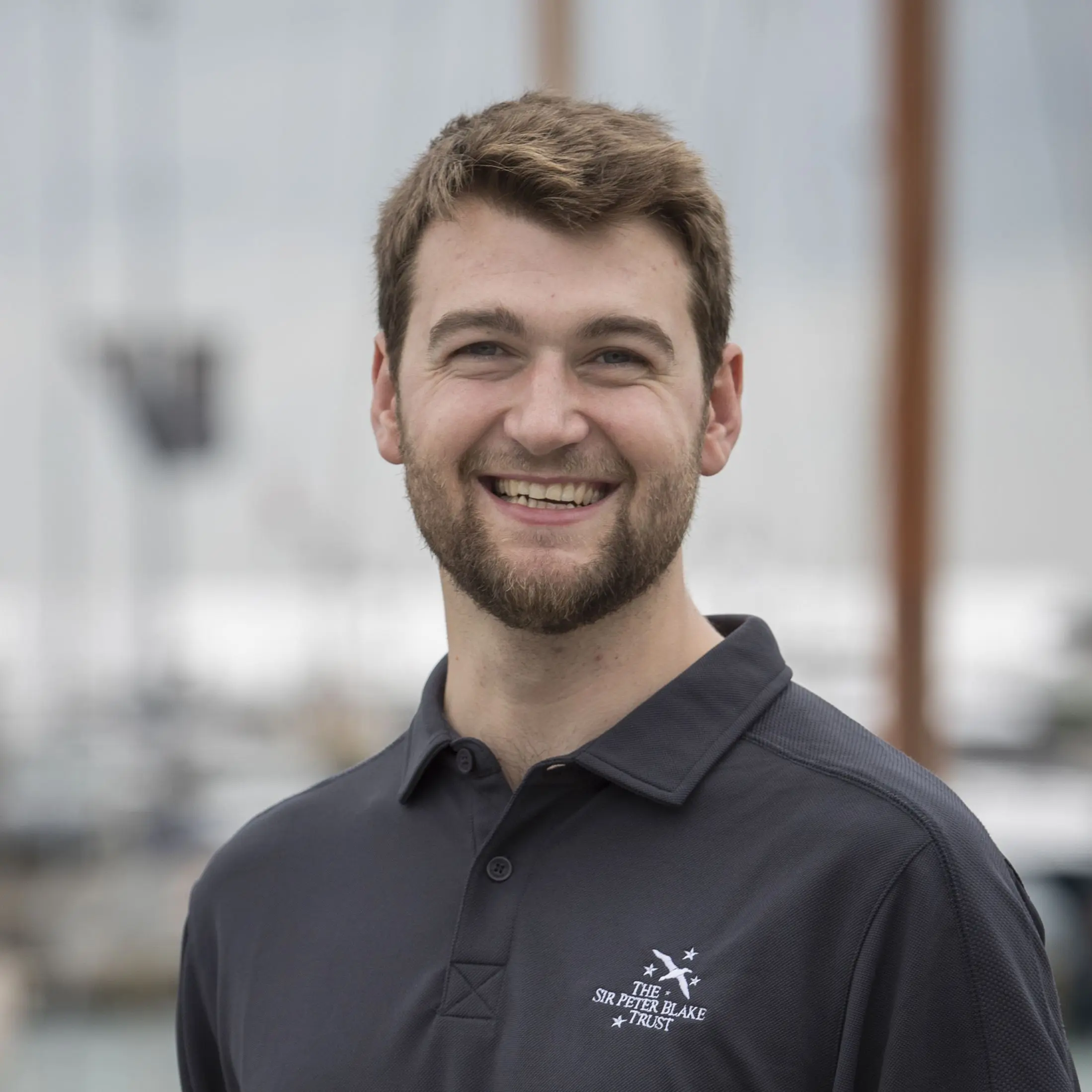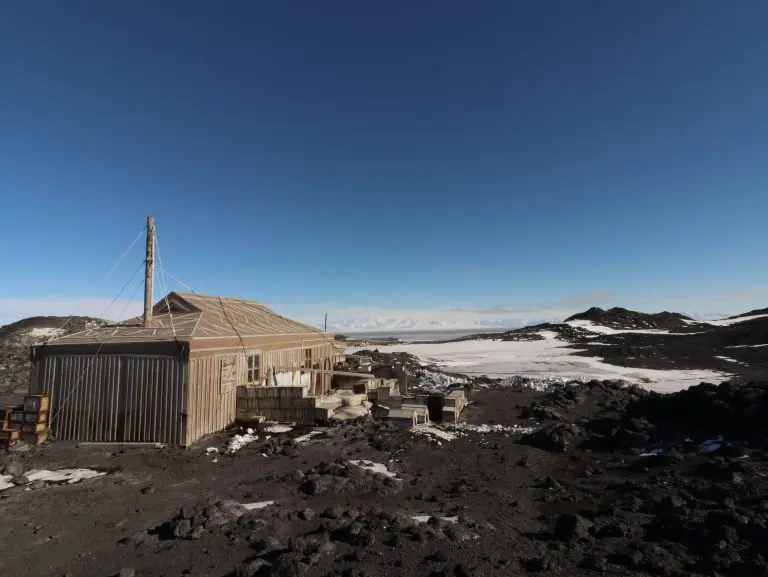After an exhilarating tour of the ice fields of Mt Erebus by Heff the helo pilot, we flew over the lava flows to Cape Royds, our new home for the next three nights. Cape Royds is home to the Shackleton hut from the Nimrod expedition in 1910. It is located north west of Scott Base on Ross Island. Hagglund travel is the preferred means of transportation but the sea ice was too unstable to travel across, so by air it was. I certainly had no complaints.
Cape Evans is almost the perfect location for settlement. As Shackleton was sailing up McMurdo Sound in the Nimrod, he was forced to stop at Cape Royds as that was as far south as possible due to the sea ice. Luckily for him this was a sheltered bay on the leeward side of the predominating winds with a colony of Adelie penguins, a deliciously cute food source. Shackleton and his team are remembered as pushing the boundaries, forging the route to the pole and travelling where people had never travelled before. They were the first to climb Mt Erebus, the first to bring a motor vehicle to the Antarctic, and the first to travel the Beardmore glacier onto the polar plateau to and to reach the magnetic pole, a windy featureless landscape of pure white. Shackleton is most famously known for what is widely regarded as the finest decision in polar history, to turn back from the pole to save the men in his team. He summed this up nicely saying to his wife “I thought you would want a live donkey to a dead lion”.
Cape Royds is most accurately described by the words of Cherry Garrard “This is the most pure form of happiness”. It is the most spectacular view I have seen of the McMurdo Sound. In the background all over the cape is the humble squabble and squawks of the Adelie penguins, there is a deep-water cove called backdoor bay and you are surrounded by sea ice and water over rolling volcanic hills looking out onto the alps and glaciers of the Antarctic mountain range. Looking behind the hut is Mt Erebus smoking peacefully like a sleeping giant.
We laid our tents high above the ASPA (Antarctic Specially Protected Area) where the hut is located. As soon as you enter the building you are overcome with emotion by the rich history and artefacts, you feel as though you are visiting a completely unique part of polar history in a snap shot of time. It is a single large room and you get the feeling that this might not have been such a bad place to live. Food on tap from the penguin rookery and a well-made hut to keep you from freezing to death, you can vividly picture life as a polar explorer on this expedition.
Stay tuned for what life is like in such a remote location, and the adventures of the Adelie penguins!

Christopher Ansin
BLAKE Antarctic Ambassador 2017


